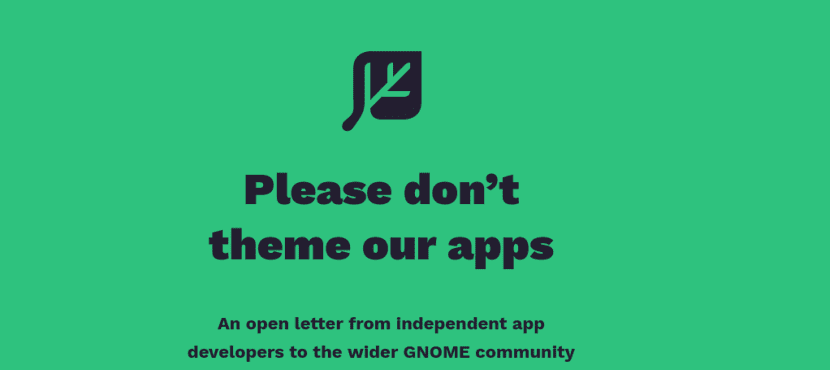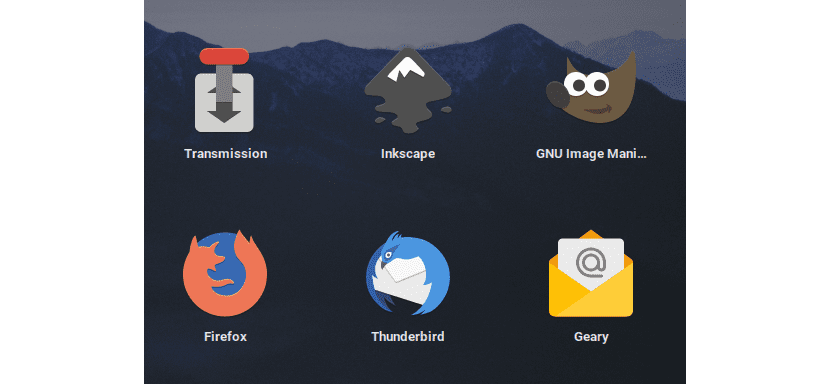
Independent Developers of graphical applications for Gnome published an open letter calling for distributions to abandon the practice of forcing GTK to replace themes in third-party graphics applications.
Currently, most distributions use their own icon sets and modifications to GTK themes that are different from what Gnome offers to ensure brand recognition.
We are developers and designers who create applications for the GNOME platform. We pride ourselves on our craft and work hard to make sure our apps are a great experience for people.
Unfortunately, all our efforts to design, develop and test our applications are rendered useless by the theme in many cases.
Changing GTK styles damages the appearance of applications
The statement indicates that this practice often leads to the interruption of the normal viewing of third-party programs and a change in its perception among users.
E.g., a change in the GTK stylesheets may interrupt the correct display of the interface and even make it impossible to work with (for example, because the text is displayed in colors close to the background).

In addition, the change of order leads to the fact that the appearance of the application shown in the screenshots in the app install center, as well as the images of the interface elements in the documentation, no longer correspond to the real appearance of the application after installation.
GTK stylesheets can make applications appear corrupted, and even unusable.
Icon themes can change the main idea that was intended to be expressed, leading to icon interfaces that do not express what the developer intended.
Application icons are the identity of an application. Changing an app's icon denies the developer the ability to control your brand.
At the same time, replacing the pictograms may distort the meaning originally established by the author and lead to the fact that the actions associated with the pictograms will be perceived by the user in distorted light.
The authors of the letter they also pointed out the inadmissibility of replacing icons to launch applications, since these icons are also a fundamental part of the application as well as the work done by the author.
It is separately specified that the authors of the initiative do not object to the ability of users to change their design to their liking, but do not agree with the practice of replacing design themes in distributions, which causes the interruption from the normal display of programs that appear correct when using the standard GTK and GNOME themes.
There are also less direct second-order consequences, including:
Appstream screenshots (screenshots used in GNOME or Flathub software) are not very useful if they look nothing like the actual application once you install them.
User help and documentation are equally useless if the UI elements on your system are different from those described in the documentation.
These developers who wrote the open letter insist that apps should look like they were created, designed, and tested by the authors and not because the creators of themes, icons among others distorted them.

Besides that they understand and are not against the way in which Linux distributions do extra work on their design in order to stand out.
The problem they find is where their work seems to have not paid off, since they work on a standard (so to speak) in the appearance of their applications and in the end all this is overshadowed.
Representatives of the Gnome Foundation indicated in the comments that this is not the official position of Gnome, but the personal opinion of the individual application developers.